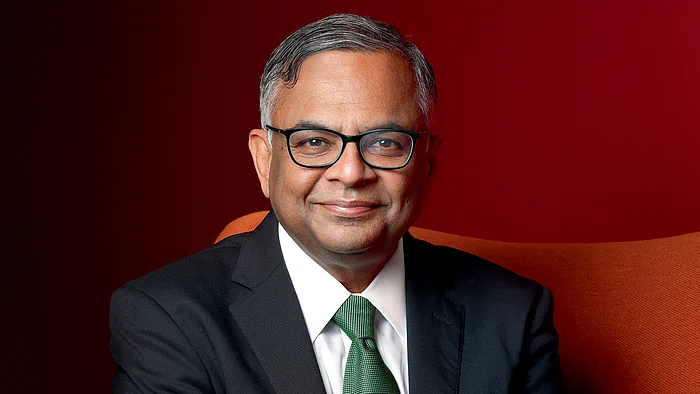Tata Motors' Strategic R&D Investments for Sustainable Mobility
Key Ideas
- Tata Motors significantly increased its R&D spending by 45% to ₹29,398 crore for FY24, focusing on expanding its electric vehicle range, developing flex-fuel powertrains, fuel cell EVs, and Hydrogen ICE vehicles.
- The company aims for net zero emissions by 2045 and is investing in R&D to enhance ICE efficiency while exploring innovative solutions for emission reduction throughout the vehicle lifecycle.
- Tata Motors leads the Indian EV industry with a 73% market share, despatching 73,844 EVs in FY24. It aims to drive up EV penetration through new product launches, market development, and charging network enhancements.
- The company's debt-free status in the India automotive business and plans to make JLR debt-free in FY25 position Tata Motors to further strengthen its market position and tap into India's growing vehicle sales opportunities.
Tata Motors, India's largest electric carmaker, has significantly increased its spending on research and development by 45% to ₹29,398 crore for the year ended March 31, 2024. This heightened focus on R&D reflects Tata Motors' strategic shift towards sustainable mobility solutions, including a comprehensive lineup of electric vehicles (EVs), hydrogen vehicles, and flex-fuel vehicles. The company is actively developing technologies such as wireless battery management systems, wireless charging, and efficient vehicle control strategies to enhance EV efficiency and performance. Tata Motors also aims to achieve net zero emissions by 2045, with a strong emphasis on developing alternative fuel vehicles like electric and hydrogen-powered vehicles. The company's commitment to innovation is evident through the unveiling of new R&D facilities dedicated to promoting sustainable mobility solutions, particularly the development of Hydrogen ICEs and infrastructure for storing and dispensing hydrogen fuel. With a dominant 73% share in the Indian EV market, Tata Motors continues to lead with its wide portfolio of EVs across different segments. Looking ahead, Tata Motors plans to drive up EV penetration through product launches, market development initiatives, and charging network enhancements. Furthermore, the company's debt-free status in the India automotive business and the targeted debt-free status for JLR in FY25 position Tata Motors for continued growth, enabling it to capitalize on India's expanding vehicle sales market and strengthen its market presence.
Topics
India
Innovation
Electric Vehicles
Automotive
Zero Emissions
Sustainable Mobility
Market Growth
R&D Investment
Strategic Planning
Latest News
